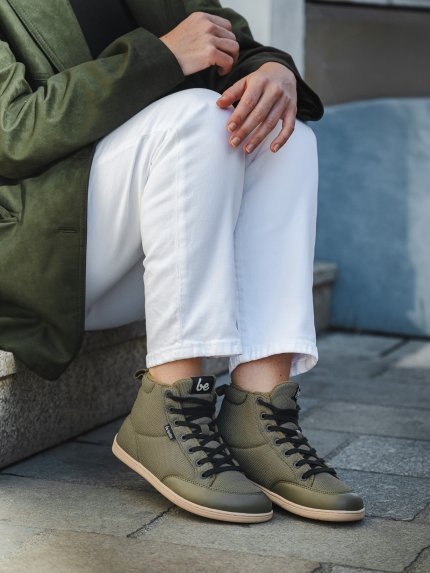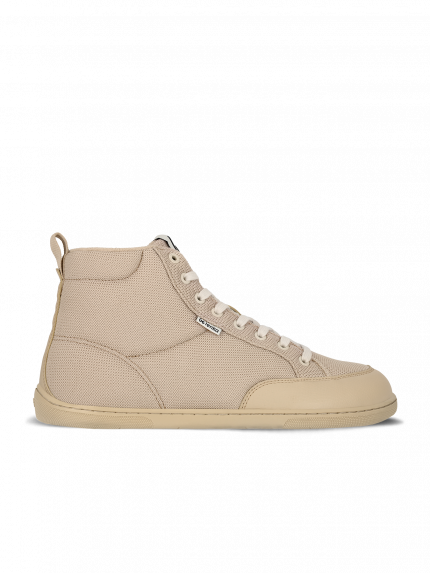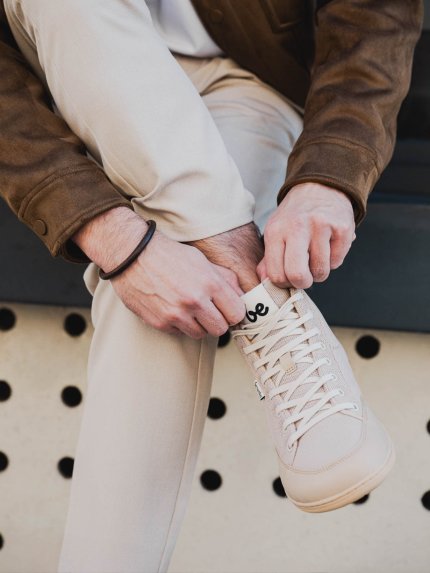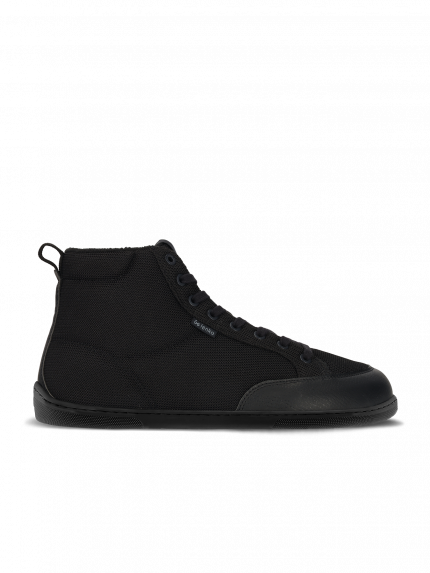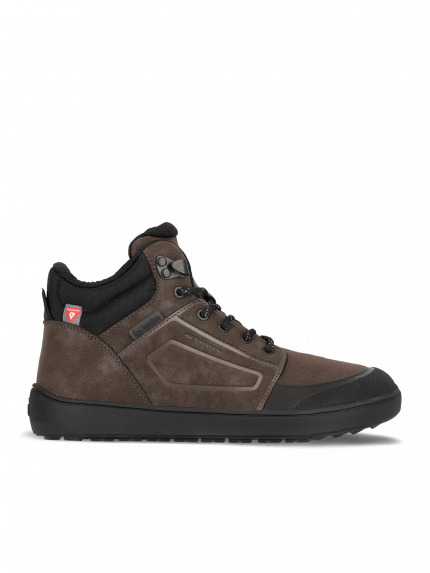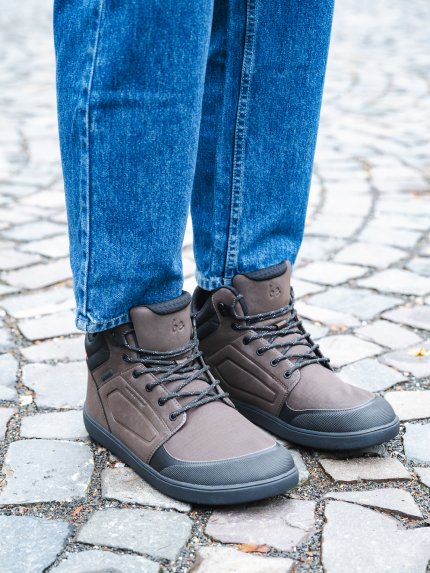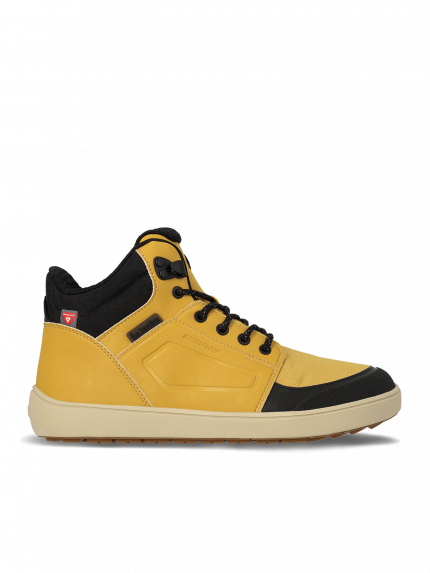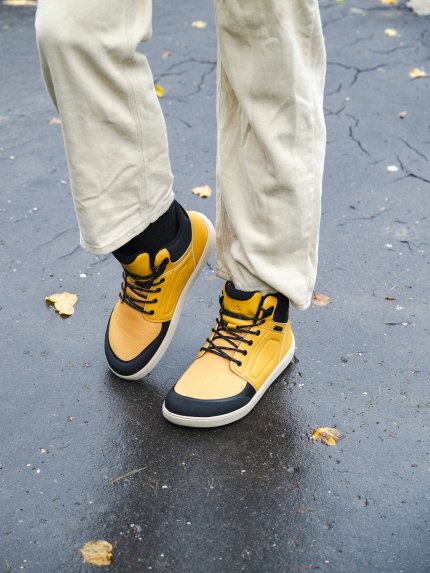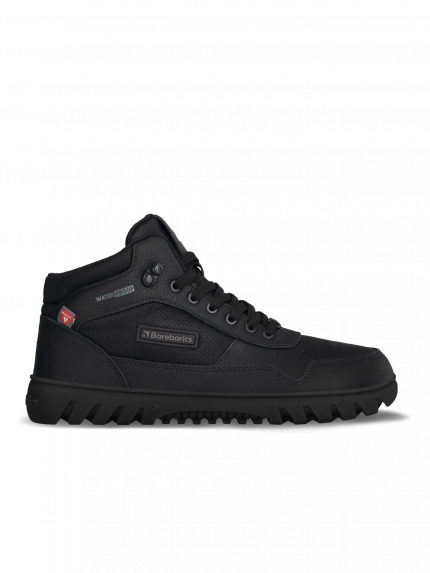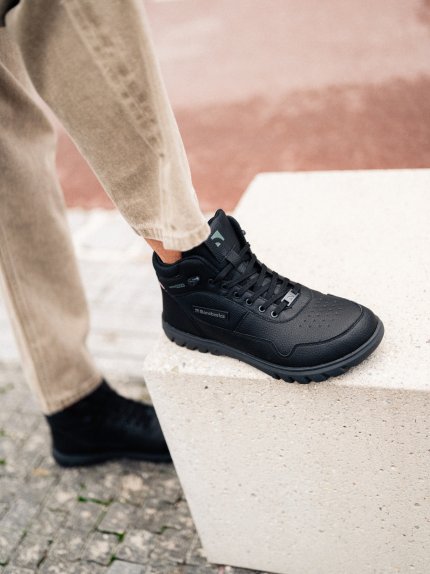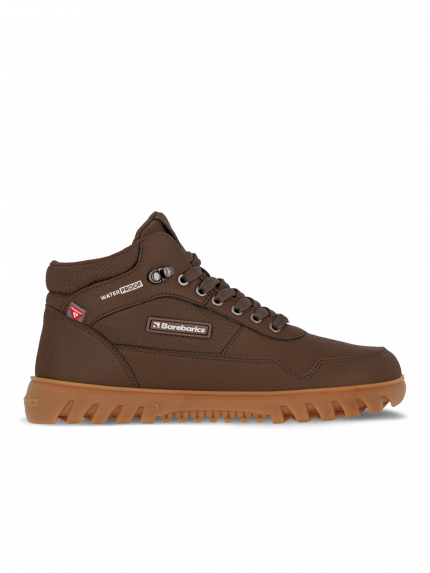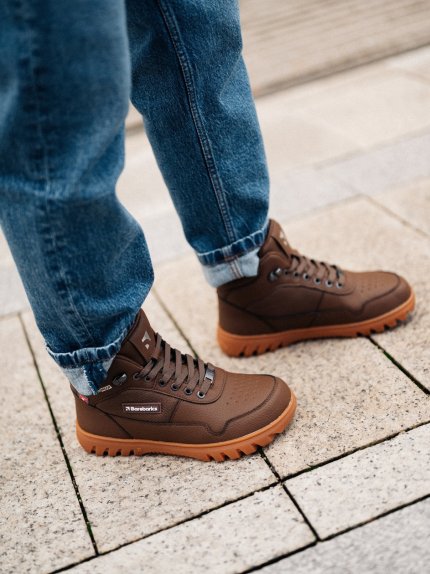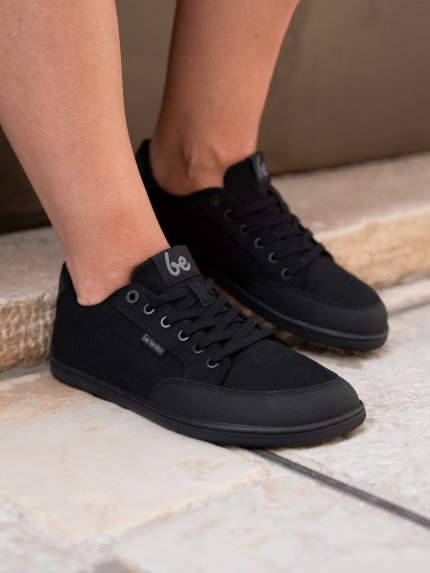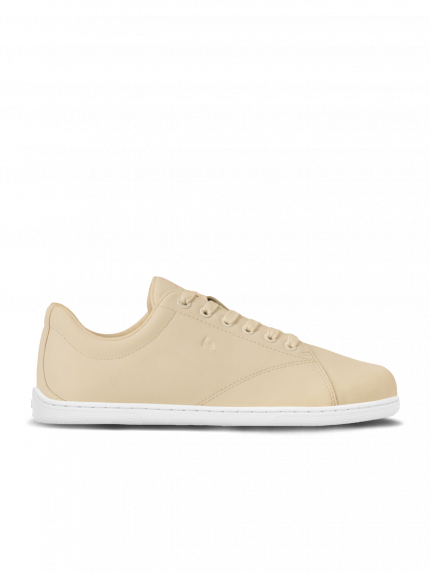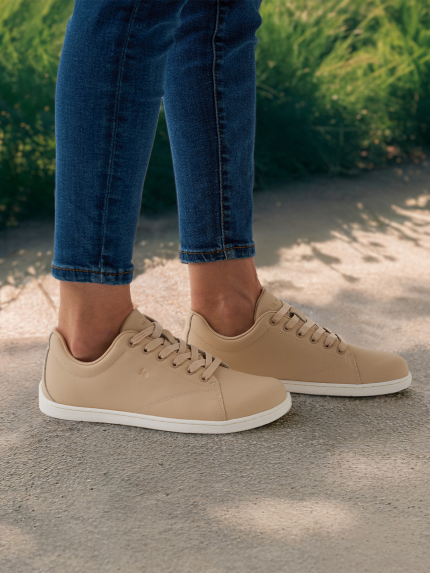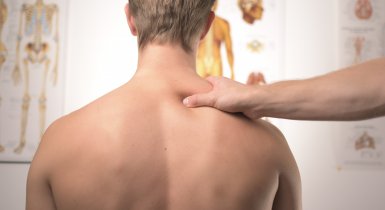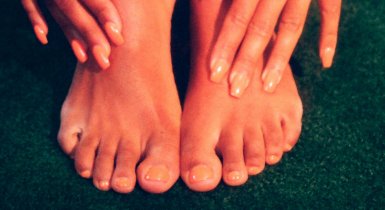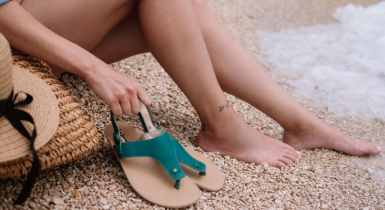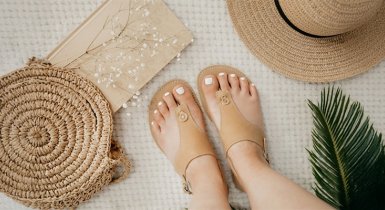How to Choose the Right Barefoot Shoes?
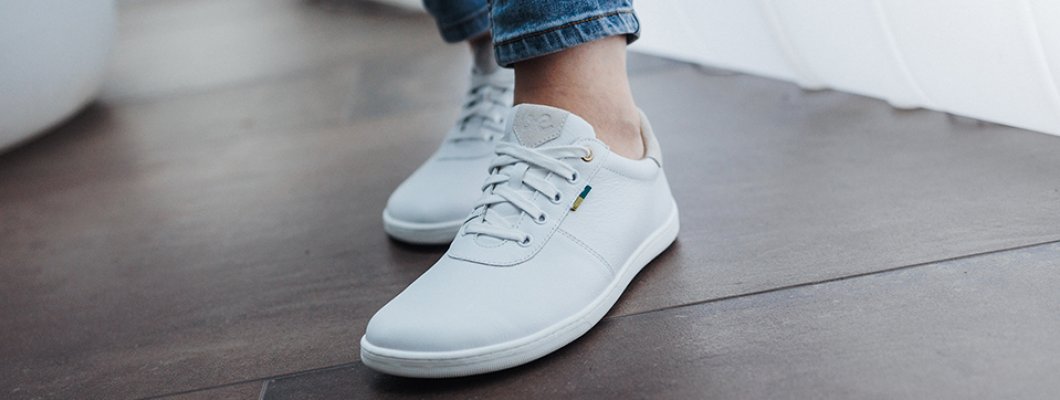
Barefoot shoes are designed to create a natural, barefoot-like experience for your feet. They are lightweight, flexible, with zero heel elevation and a wide toe box that gives your toes the space they need. In this blog, you will learn the key features of barefoot shoes, how to measure your feet correctly, and how to select the perfect size for you and your children.
Table of contents:
- What are the key features of barefoot shoes?
- Why are barefoot shoes important for children?
- How should you measure your foot correctly?
- What is a leeway and why is it important?
- How does the size chart help in choosing shoes?
- What matters most when choosing barefoot shoes?
What are the key features of barefoot shoes?
Barefoot shoes differ from conventional footwear in several important ways. They are built to mimic natural movement and encourage healthy biomechanics.
Key features:
- Thin and flexible sole – around 4 mm, allowing sensory feedback.
- Zero-drop – no height difference between heel and toe, promoting balanced posture.
- Wide toe box – toes can spread naturally without compression.
- No orthotics or inserts – the foot strengthens naturally without artificial support.
- Lightweight construction – reduces strain and enhances natural foot function.

Why are barefoot shoes important for children?
Children’s feet are still developing, and improper footwear can have lasting effects. Studies show that two-thirds of children wear shoes in the wrong size, and half of them experience foot deformities as a result.
Younger children (under 10) are not able to assess shoe fit themselves. That is why measuring is crucial before buying barefoot shoes.
Practical tips:
- Always measure both feet, as sizes may differ.
- Compare measurements with the insole of the shoe.
- Ensure toes have room at the front and sides.
- Add the recommended 0.5 cm leeway to allow growth.
How should you measure your foot correctly?
Measuring your feet is simple, but it must be done carefully.
Step-by-step guide:
- Place a sheet of paper on a hard, flat surface.
- Stand with weight evenly distributed (do not sit).
- Mark the heel and the furthest point (longest toe or second toe).
- Measure the distance with a ruler.
- Repeat with the other foot.
- Take the larger measurement as your reference.
- Add 0.5 cm leeway to determine your ideal barefoot shoe size.
- Compare the measurement with the brand’s size chart (inner length & width).
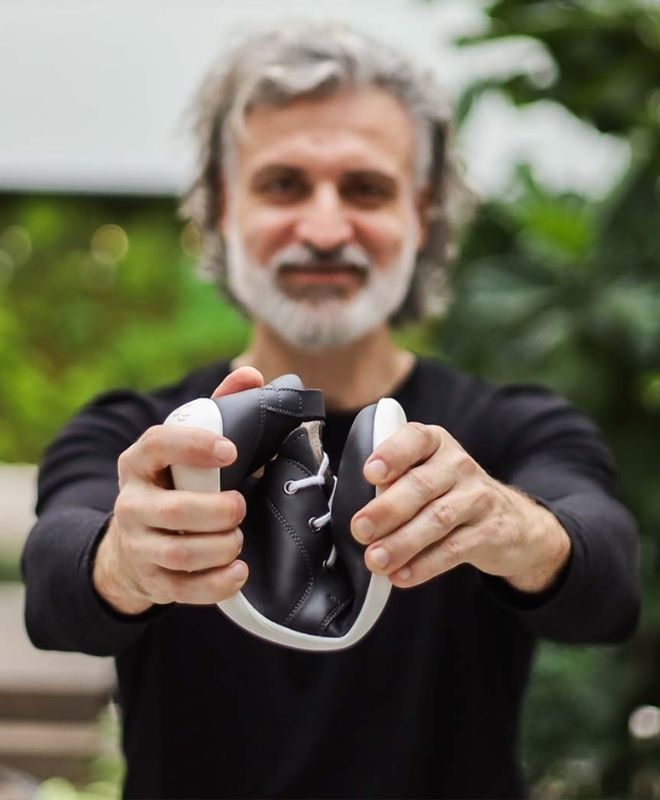
If possible, step directly on the insole of the shoe to compare both length and width. Your foot should not overlap the edges.
What is a leeway and why is it important?
Leeway is the extra space between your longest toe and the front of the shoe. This allowance is crucial for comfort, proper toe movement, and growth in children.
- Adults: usually 0.5 cm – 1.0 cm is enough.
- Children: at least 0.5 cm, sometimes more depending on growth.
- Width: the shoe should be equal to or slightly wider than the foot (by 0.2–0.5 cm).
Leeway ensures shoes do not restrict your feet and helps prevent deformities.
How does the size chart help in choosing shoes?
Each Be Lenka barefoot model includes a detailed size chart with exact inner length and width. This is more reliable than relying only on “standard sizes,” since different models and brands can vary.
Always compare your measured foot length (plus leeway) to the size chart values before ordering.
What matters most when choosing barefoot shoes?
Choosing the right barefoot shoes is about more than just picking a size. You need to:
- Measure both feet carefully.
- Add the proper leeway.
- Check the inner length and width of the shoe model.
With these steps, you can ensure that your barefoot shoes fit comfortably, support natural foot function, and protect your long-term health.
Sources
- Mei, Q., et al. (2022). Toward improved understanding of foot shape, posture, and biomechanics during running. Frontiers in Physiology.
- Holowka, N. B., & Lieberman, D. E. (2021). Walking barefoot vs. in minimal shoes: Impact on gait and posture. Nature Scientific Reports.
- Sinclair, J., et al. (2023). Effects of minimalist vs. conventional footwear on gait, foot strike and posture. Journal of Foot and Ankle Research.
- Kim, H., & Mei, Q. (2024). Biomechanical benefits of barefoot and minimal footwear on posture and muscle activity. ScienceDirect.
What makes barefoot shoes different from regular shoes?
+ -They have a thin, flexible sole, zero-drop, wide toe box, and no artificial support, allowing natural movement.
How much leeway should I add when choosing barefoot shoes?
+ -At least 0.5 cm. For children, more may be necessary to allow for growth.
Why is measuring both feet important?
+ -Because one foot is often slightly larger. Always base your choice on the larger measurement.
Are barefoot shoes safe for children?
+ -Yes. They help prevent deformities and support natural foot development if fitted correctly.
 DE / USD
DE / USD

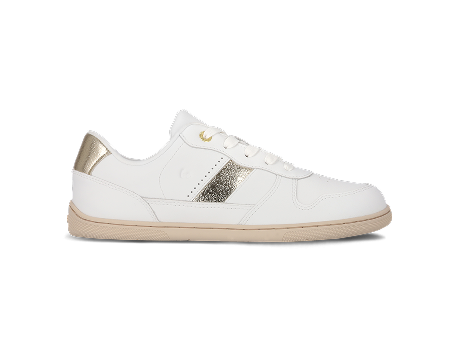

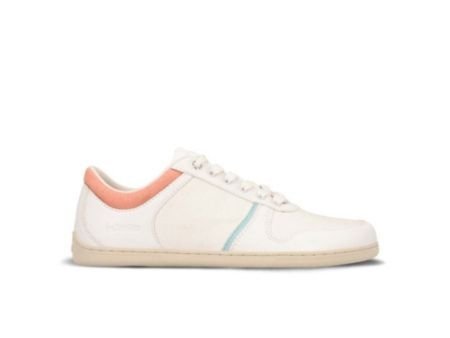
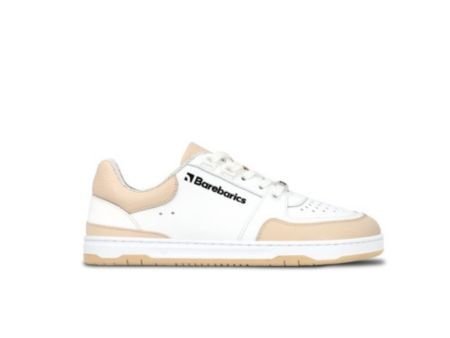

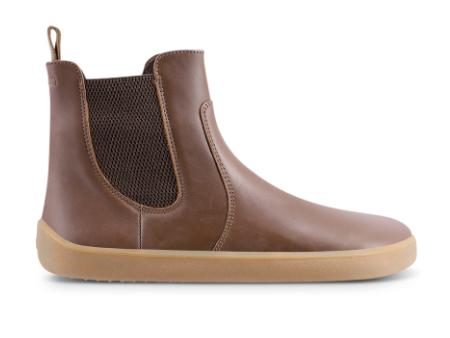


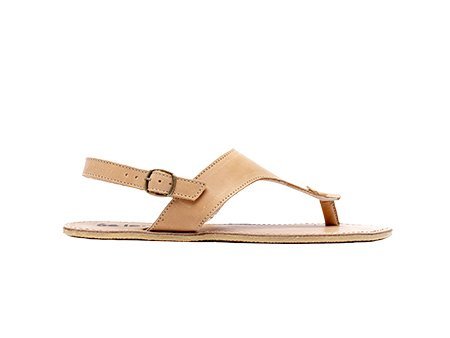
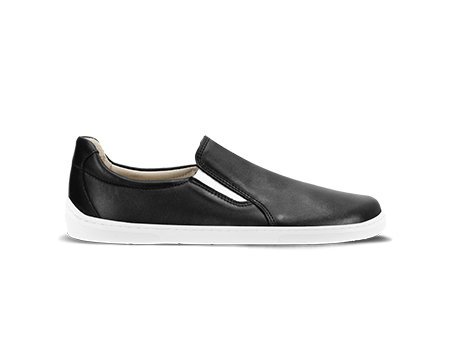

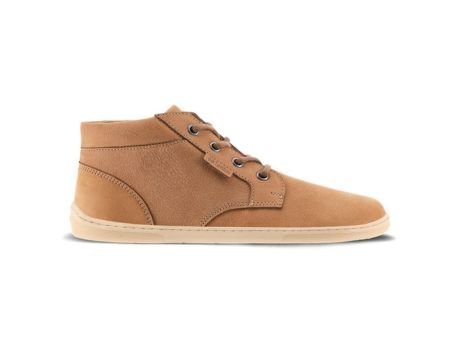

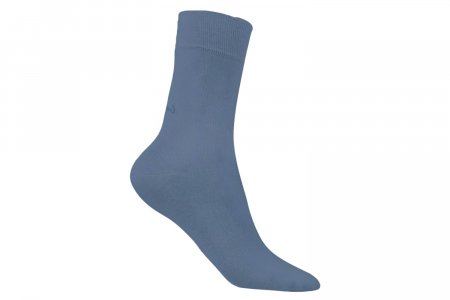
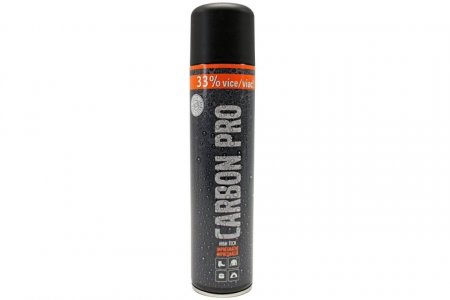
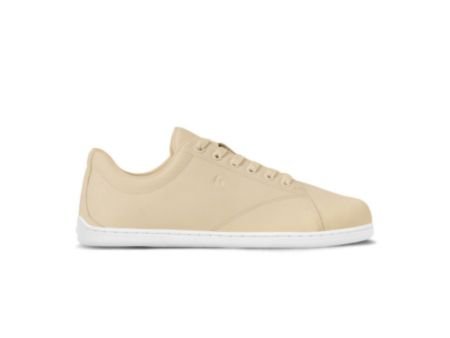
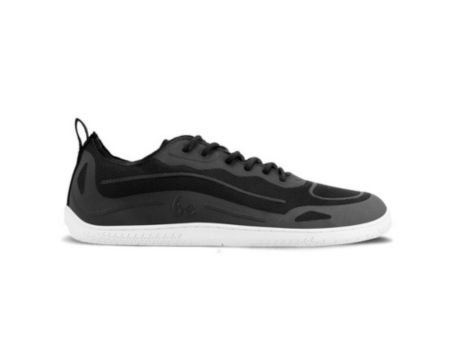
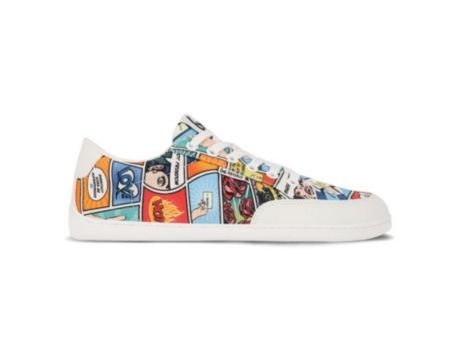

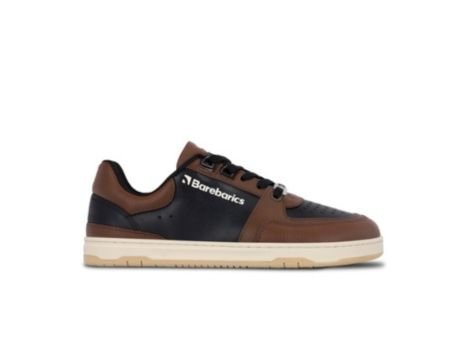


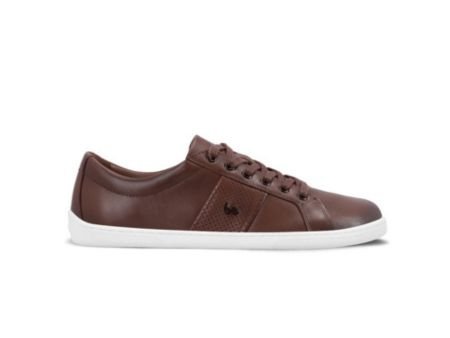
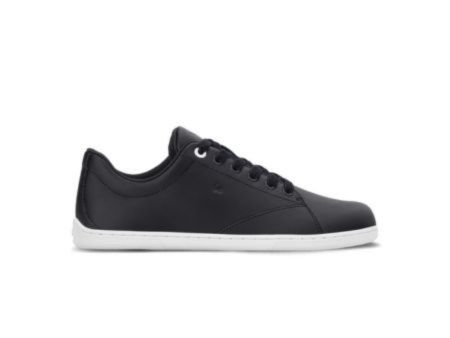
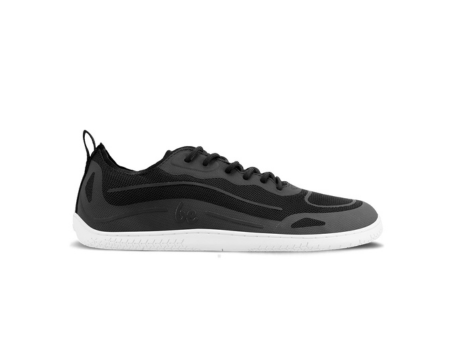

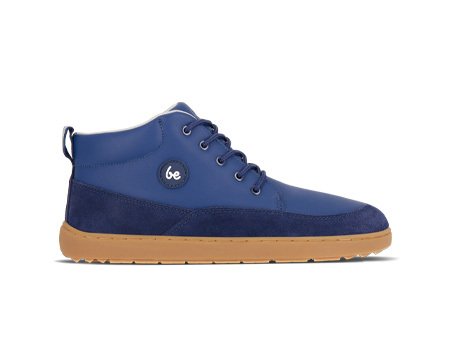

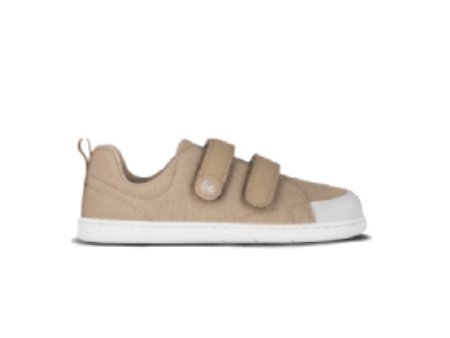

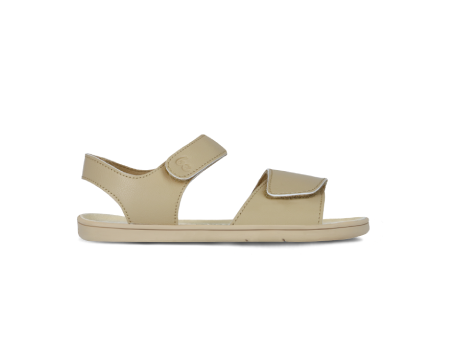
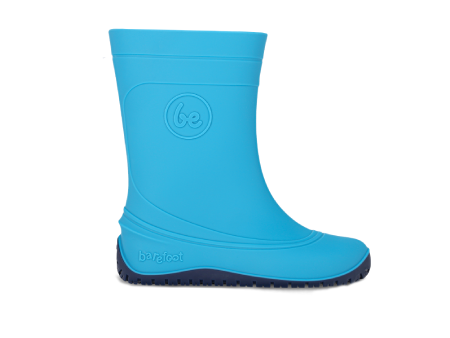
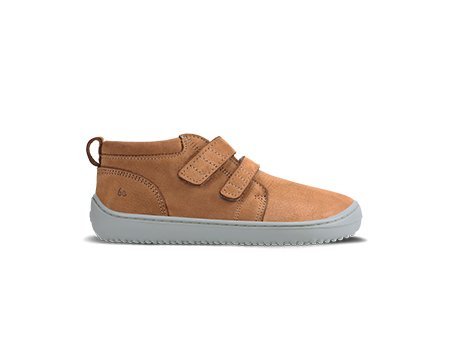
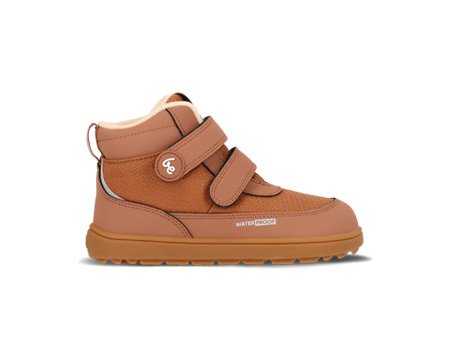
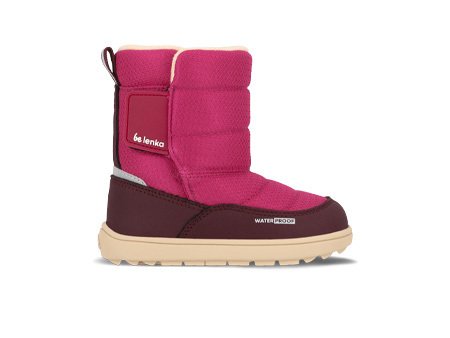

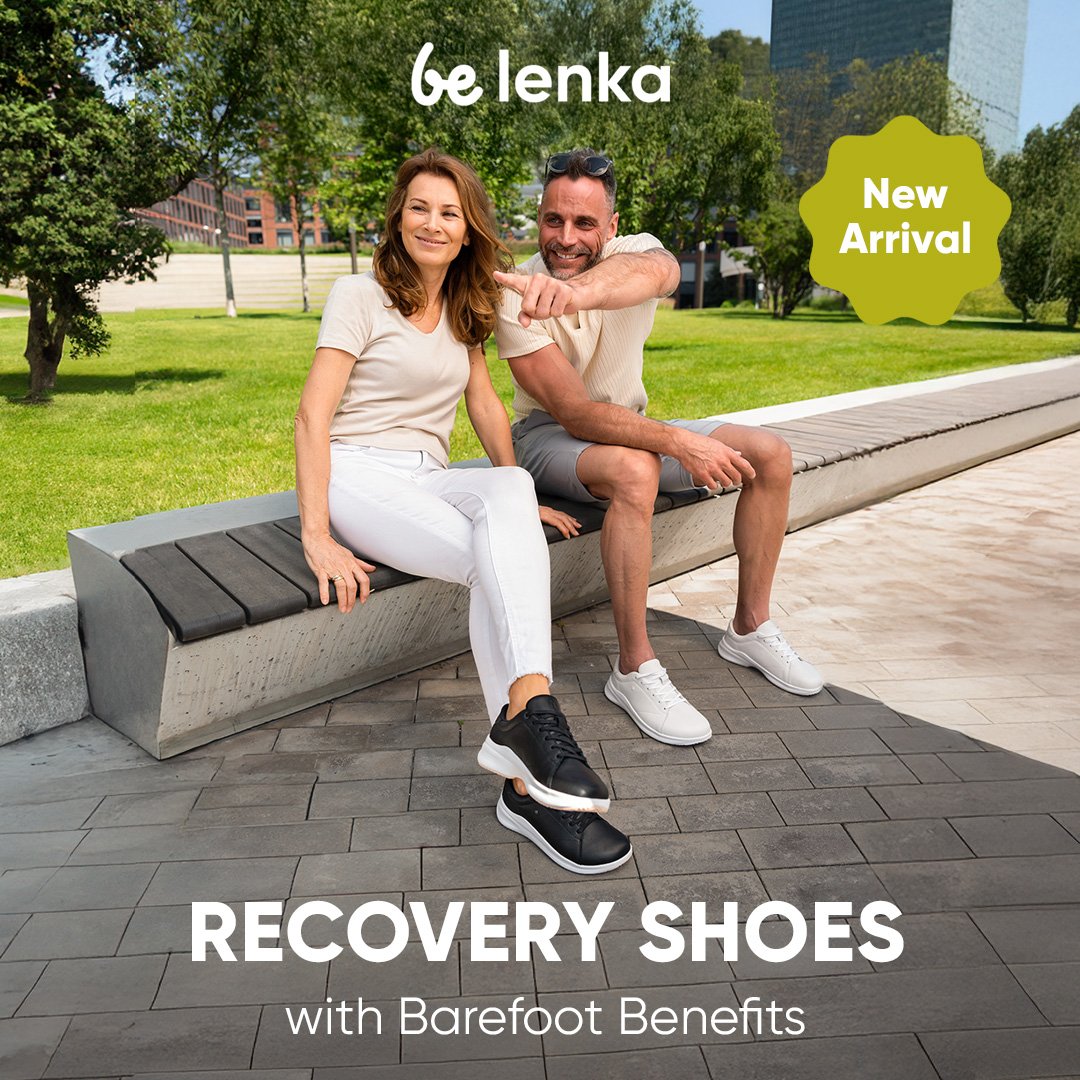
 Be Lenka
Be Lenka

